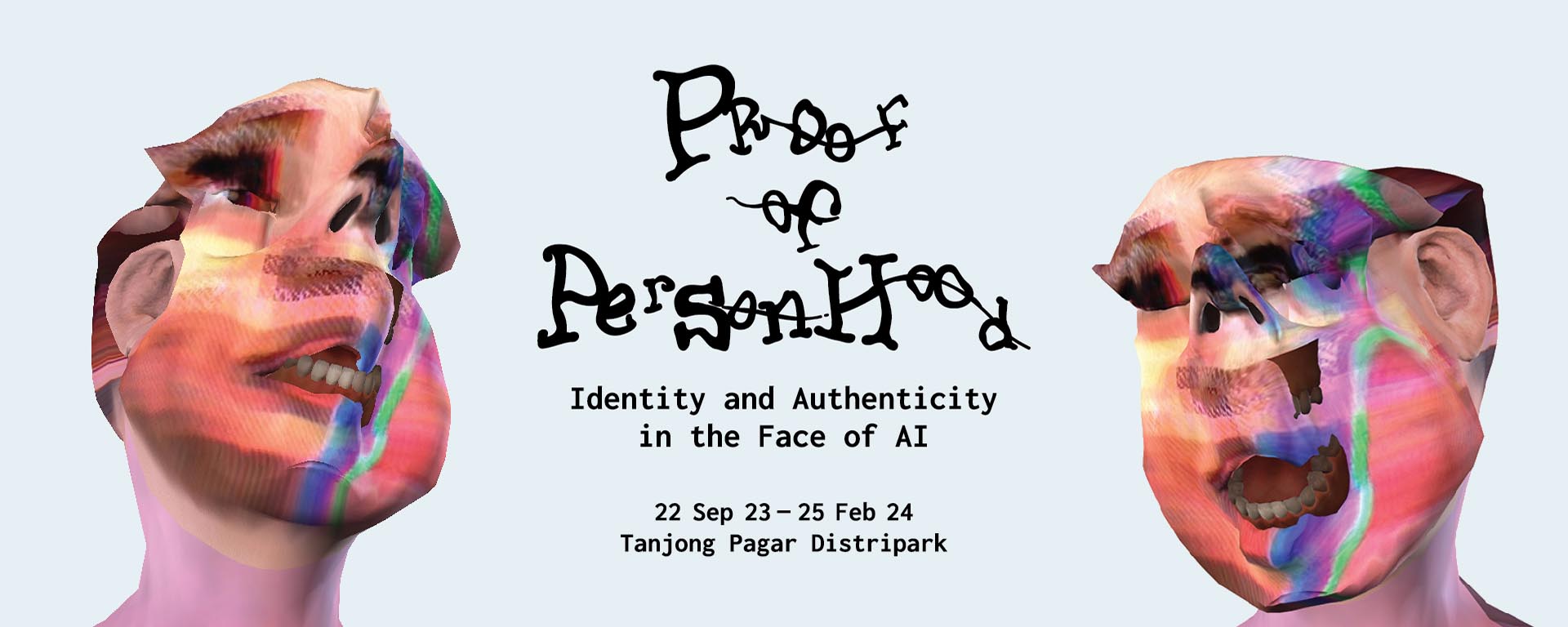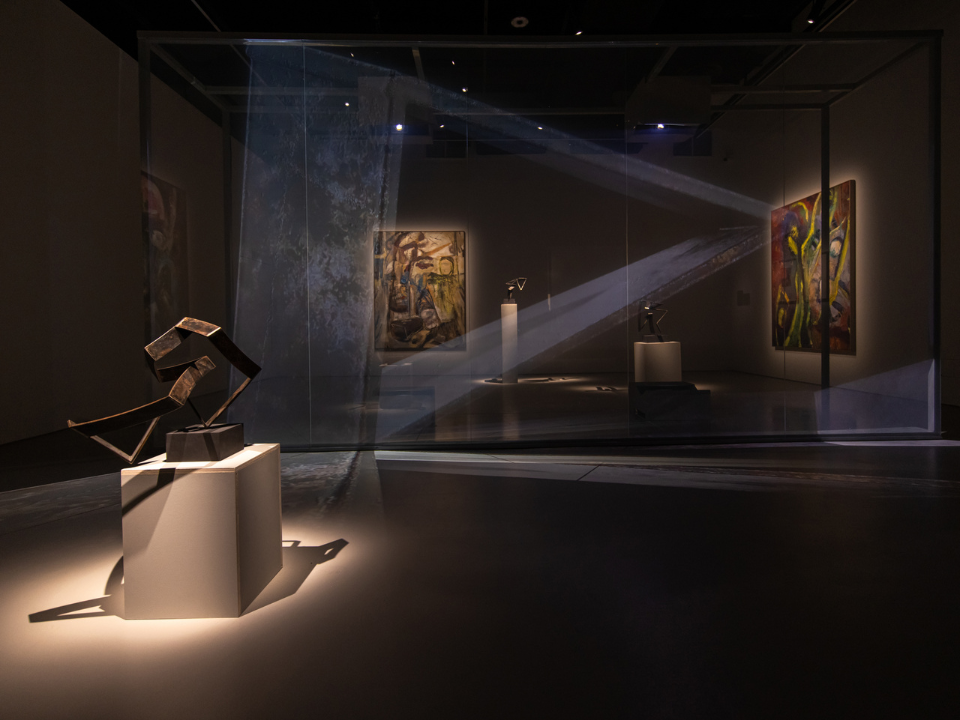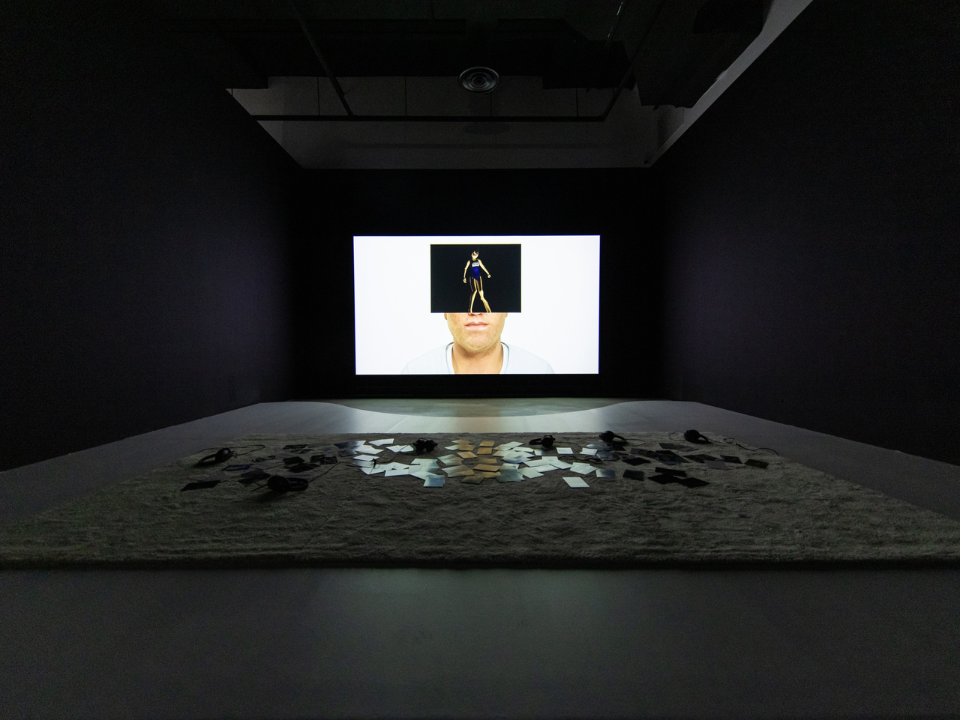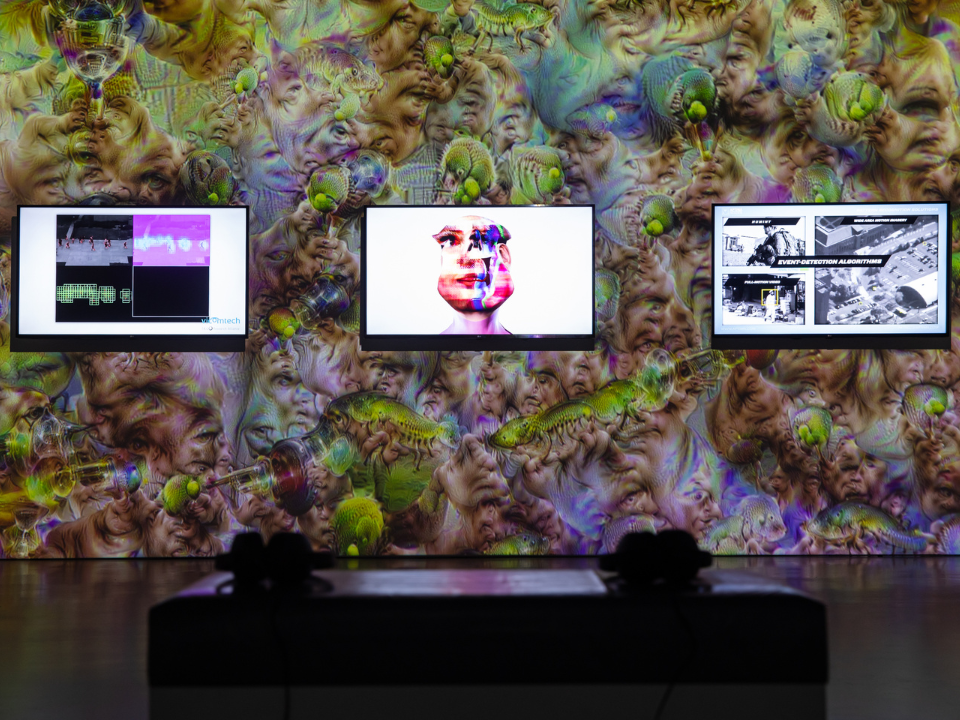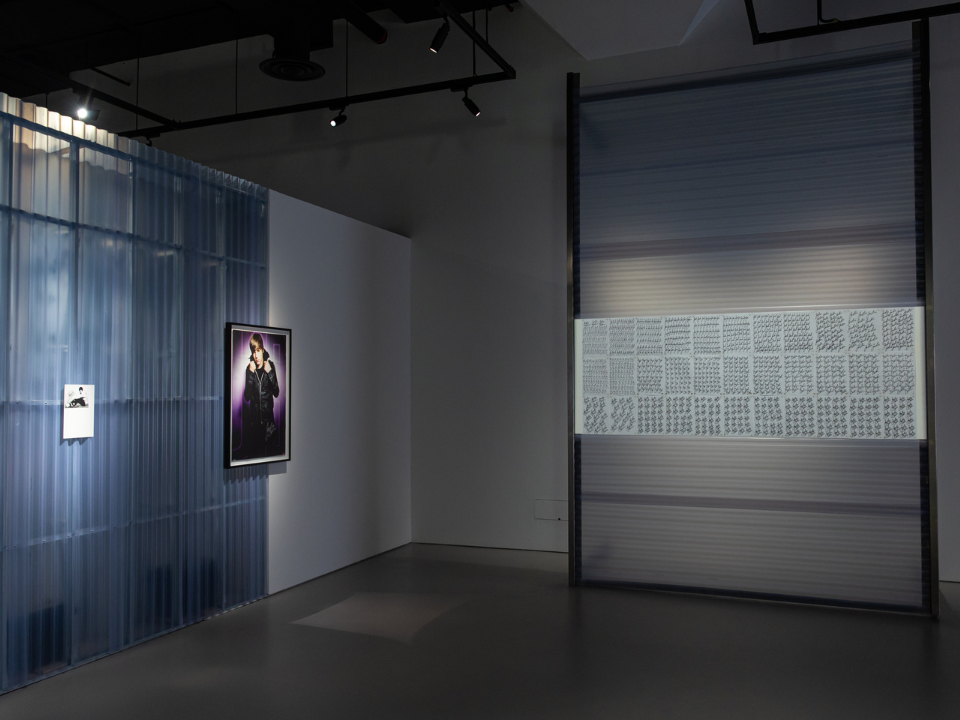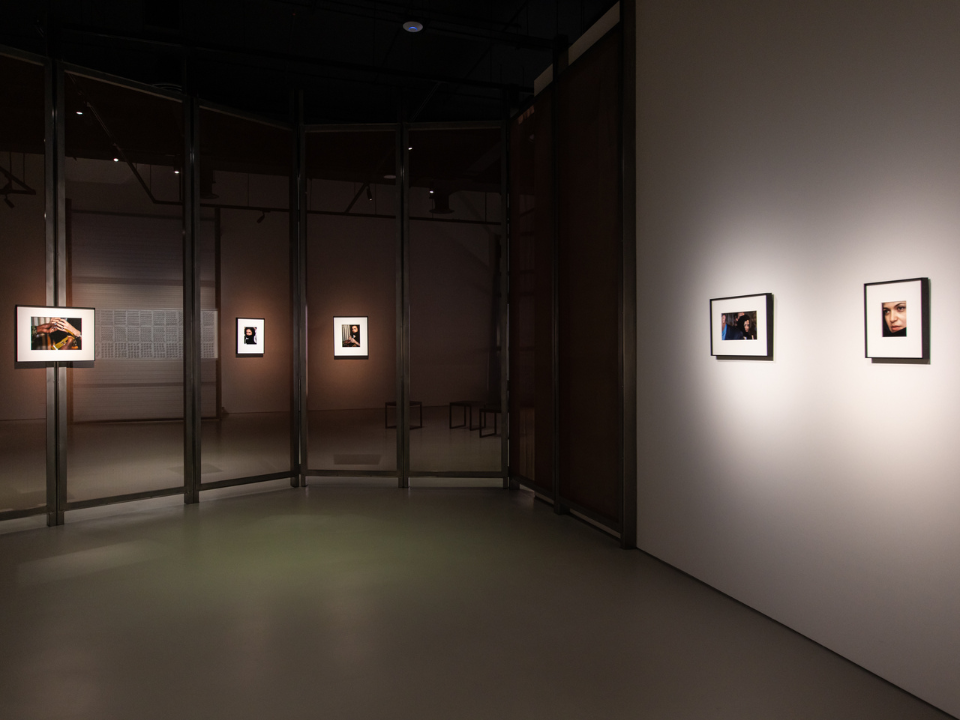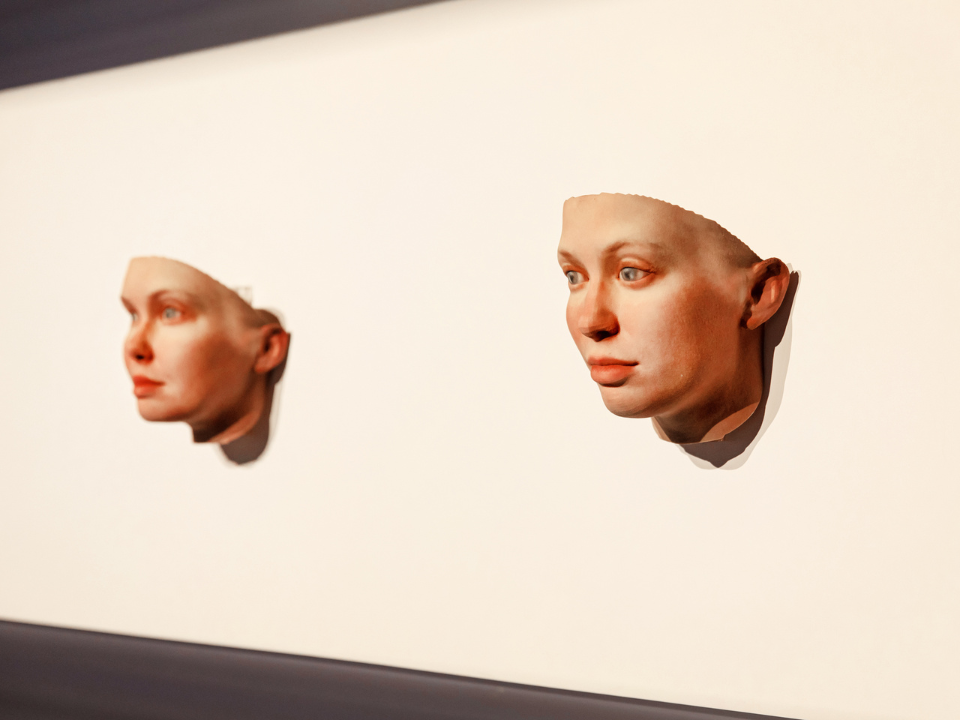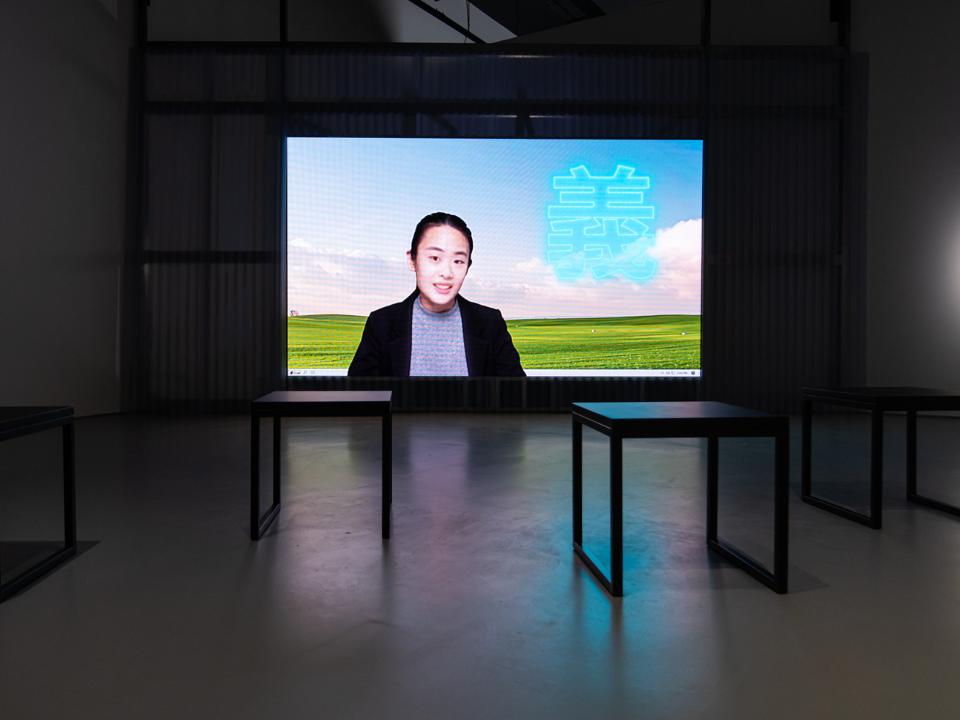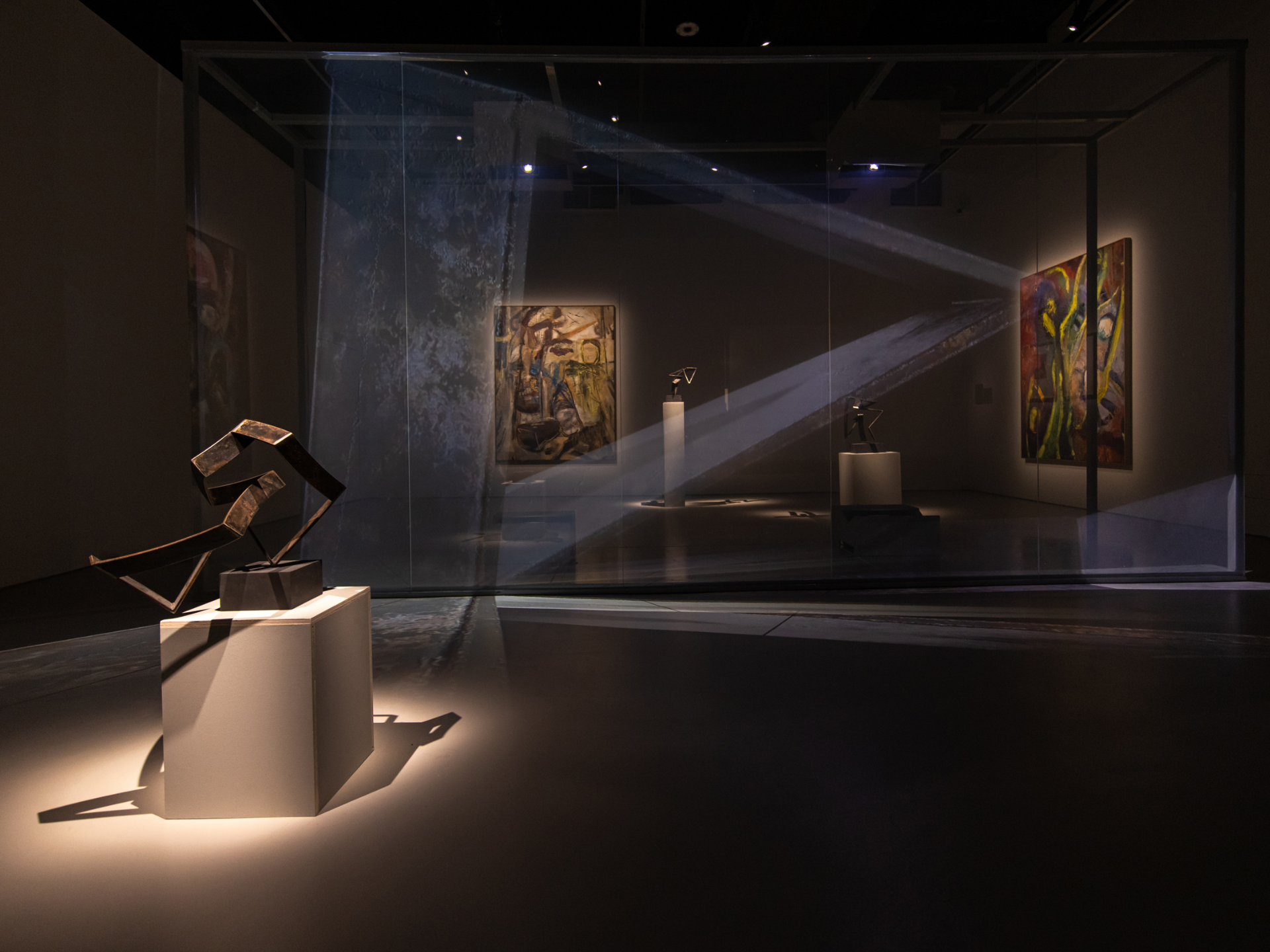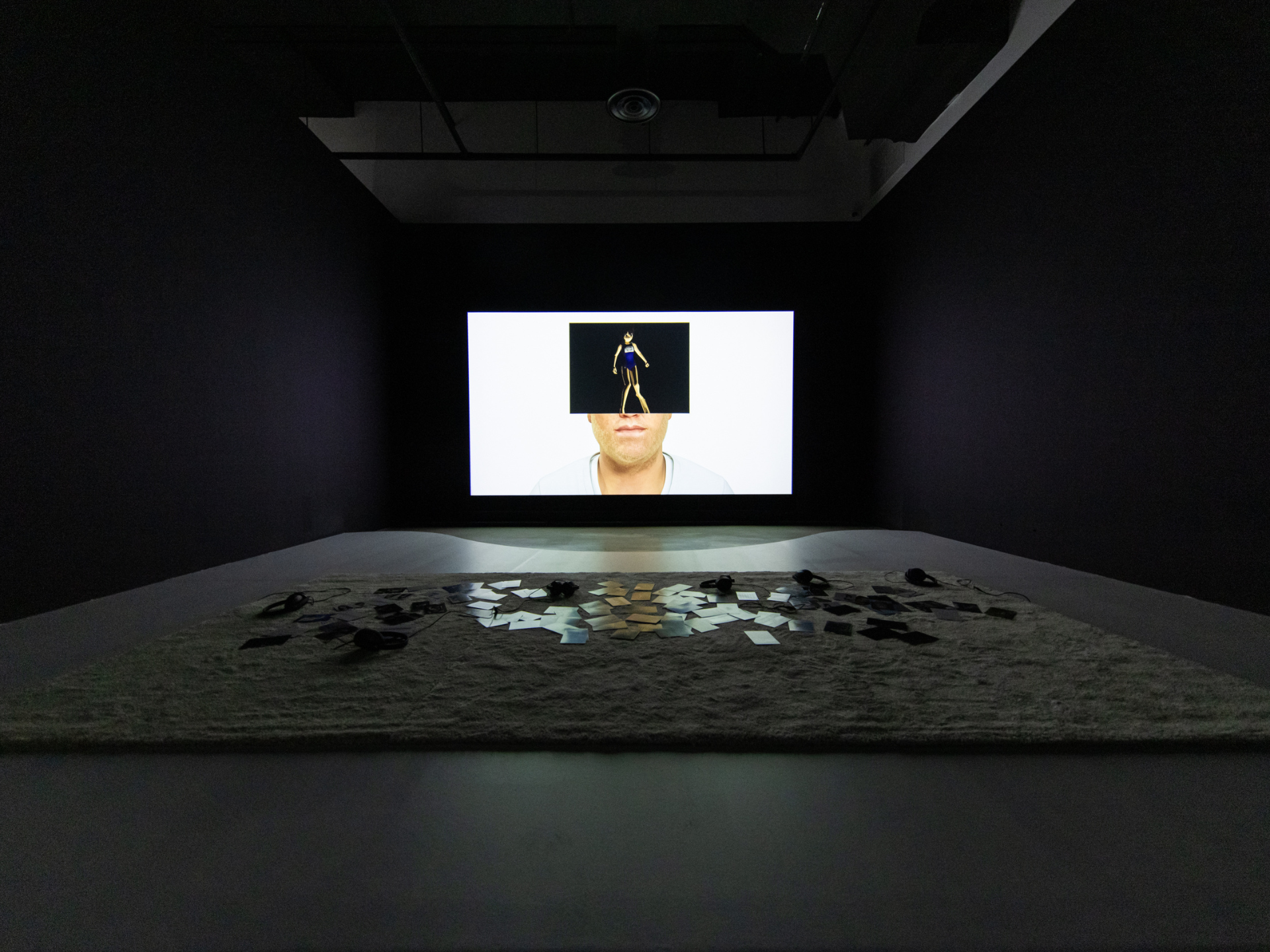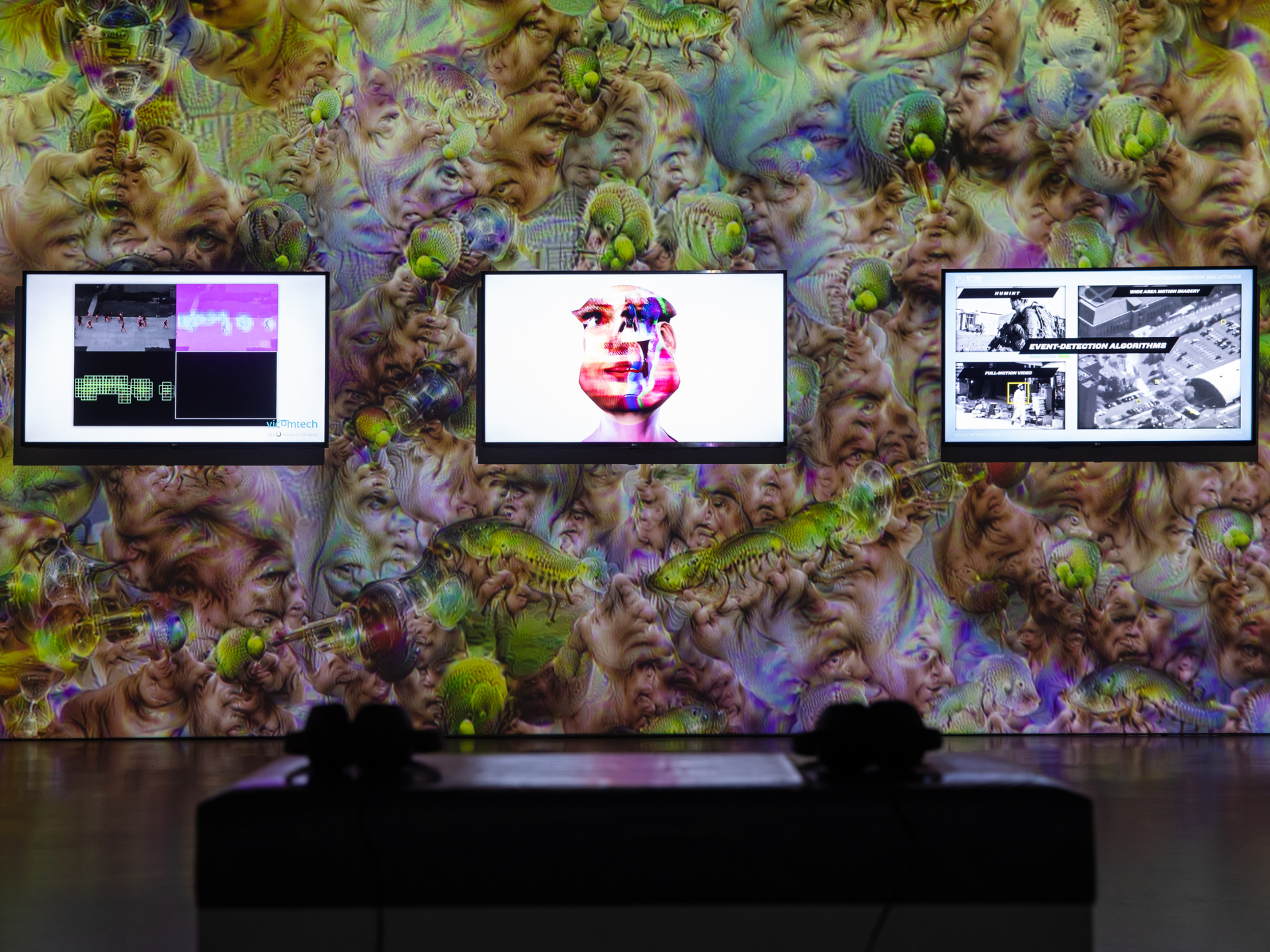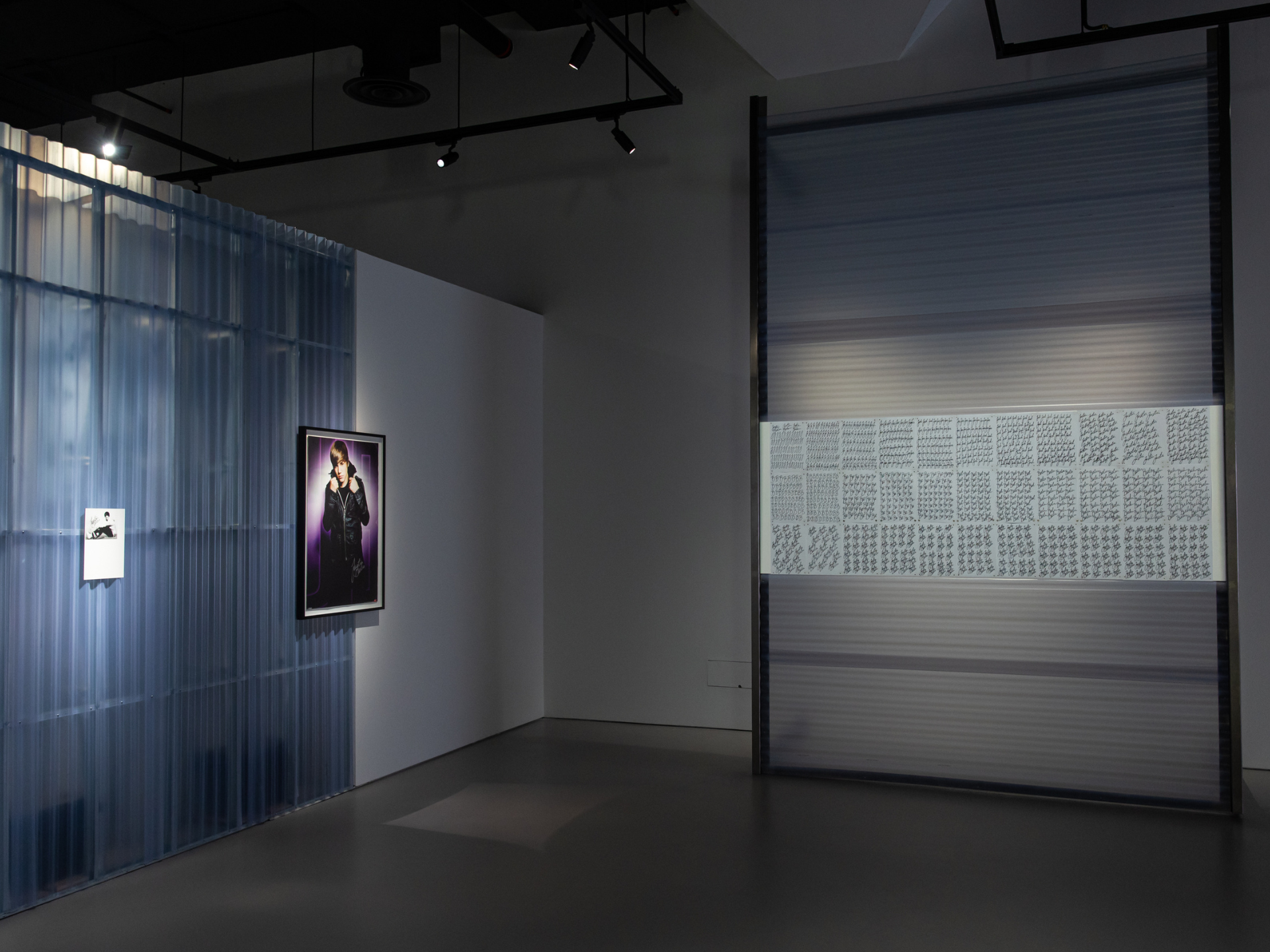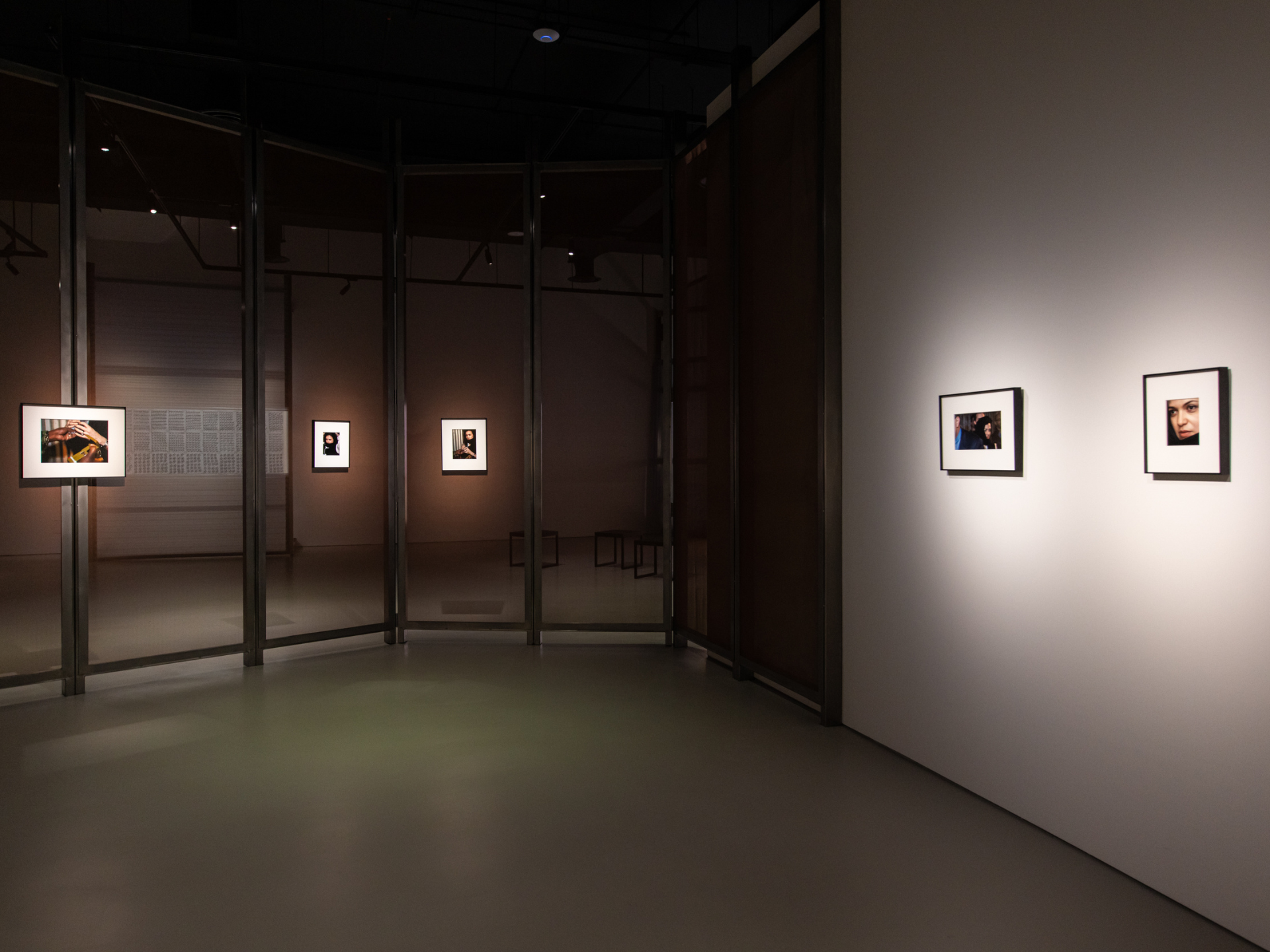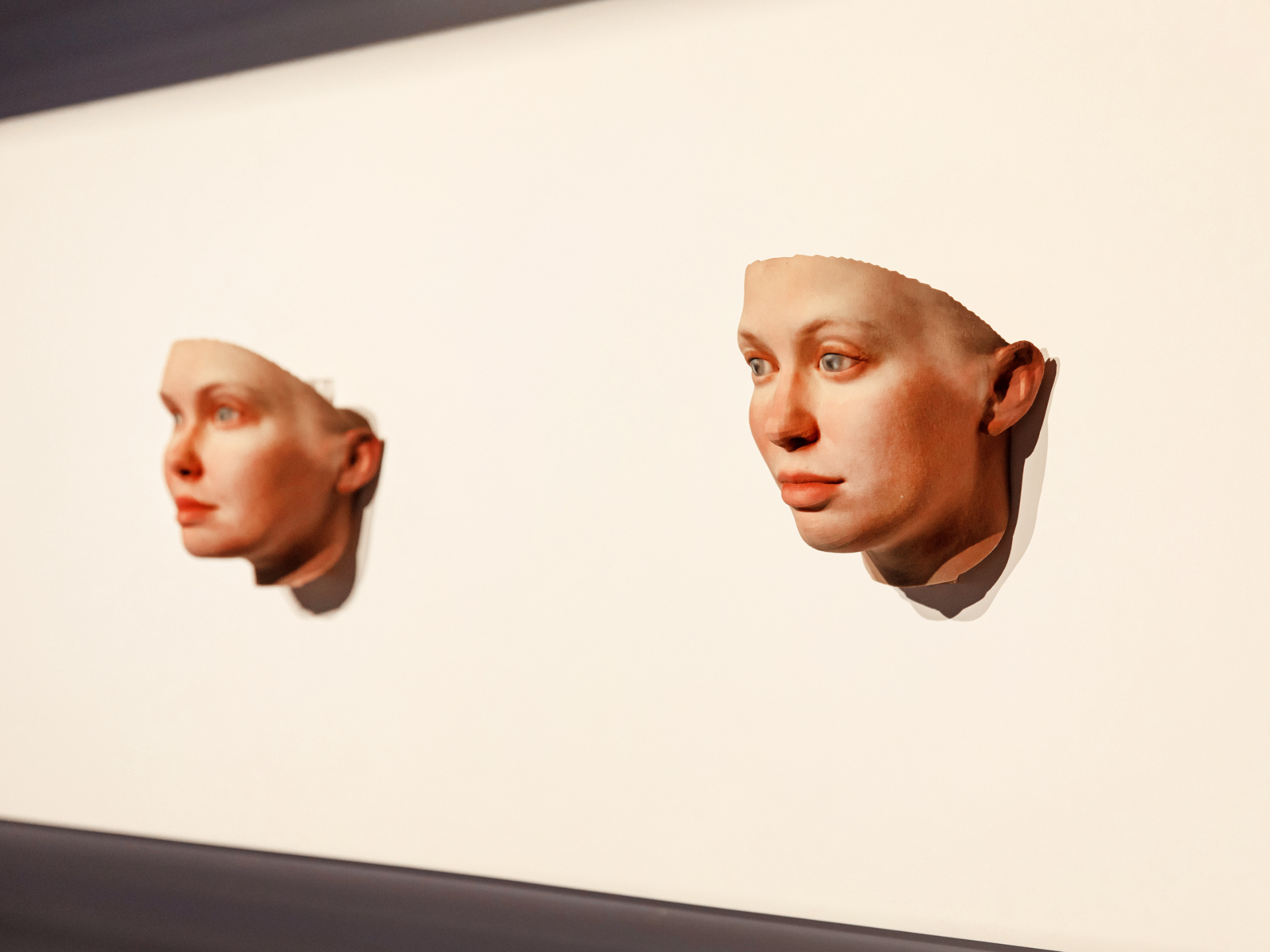10AM–7PM
Level 3, Gallery 3, SAM at Tanjong Pagar Distripark
General Admission (Free for Singaporeans and PRs)
What does it mean to be human in the face of new technology?
Go on a mind-bending exploration where identity and authenticity are challenged, redefined, and pushed to their limits.
Proof of Personhood: Identity and Authenticity in the Face of Artificial Intelligence explores the unstable relationship between identity, agency and authenticity in popular culture and emerging technology.
Art is assumed to be a fundamentally human undertaking, but with the introduction of generative artificial intelligence (AI) tools, this assumption is being questioned. As humans, we tend to project our own image, physiology and psychology onto technological systems in an attempt to better understand them, a process which often reproduces societal biases. The featured artworks expand the genre of portraiture, depicting human and non-human subjects to investigate the nature of personhood in the 21st century. In the process, they highlight the shifting conception of who—or what—is considered human.
In an era dominated by social media and digital tools for self-presentation, authenticity is a valuable commodity. As the same techniques for performing an authentic personality are employed by celebrities, everyday social media users and bots, Proof of Personhood asks: What does it mean to be “real”?
---------------------
Banner Image: Zach Blas & Jemima Wyman, im here to learn so :)))))), HD video still, 2017; Courtesy of the Artists.
Cécile B. Evans (b. 1983) is an American-Belgian artist living and working in Paris. Evans’ work examines the value of emotion and its rebellion as it comes into contact with ideological, physical, and technological structures.
Christopher Kulendran Thomas (b.1979, London) is an artist who manipulates some of the structural processes by which art produces reality. Thomas is the founder and CEO of New Eelam (new-eelam.com).
Annika Kuhlmann (b. 1985, lives and works in Berlin and London) is a curator who works predominantly through long term collaborations. Kuhlmann is associate curator at Schinkel Pavillion, Berlin and Creative Director at New Eelam.
Dr. Heather Dewey-Hagborg (b. 1982, Philadelphia) is an artist and biohacker who is interested in art as research and technological critique. Her controversial biopolitical art practice includes the project Stranger Visions in which she created portrait sculptures from analyses of genetic material (hair, cigarette butts, chewed up gum) collected in public places.
William Wiebe (b. 1992, San Francisco) is an artist and researcher whose work deals with machine perception
Zach Blas (b. 1981, Point Pleasant, West Virginia, USA) is an artist, filmmaker, and writer whose practice spans moving image, computation, theory, performance, and science fiction. Blas engages the materiality of digital technologies while also drawing out the philosophies and imaginaries lurking in artificial intelligence, biometric recognition, predictive policing, airport security, the internet, and biological warfare.
Jemima Wyman (b.1977) is a Brisbane and Los Angeles based artist. Wyman is a palawa woman, with paternal descendants from the pairrebeener people of tebrakunna, and poredareme. She has maternal descendants from England. Wyman’s work focuses on patterns and masking to investigate visual resistance: specifically camouflage as a formal, social and political strategy in negotiating identity.
Charmaine Poh (b. 1990, Singapore) is a Chinese-Singaporean artist who works across image-making and performance, often utilising ethnographic methodologies. Central to her practice are these concerns: the performed labour of the everyday, the gendered body, digital selves, the intersection of offline and online worlds, and the possibility of agency.
Song-Ming Ang (b. 1980, Singapore) is an artist exploring music and its influence. The artist deconstructs complex geopolitical histories through multimedia projects, which are often collaborative, that center on the theory and craft of music production, including experimental and nontraditional music practices.
Find out more about the exhibition via the room sheets here, available all four languages!
Learning resource for younger audiences is also available.
artworks
2019/2022
Single-channel video installation (color, sound), 25 min.
Being Human is a show within a show, featuring original and algorithmically synthesised artworks in a diverse range of media. The video at the centre of the installation traverses documentary and fiction, and features interviews with potential guests of the Colombo Art Biennale—some of whom were digitally synthesised using deepfake technology. These guests include a well-known painter, a famous pop star and a young Tamil artist. By exploring Enlightenment-era humanism as the foundation for both global contemporary art and international human rights law, Being Human reflects on issues of individual authenticity, collective sovereignty and what it means to be “human” when machines can simulate human understanding and creative expression more convincingly than ever.
2014
Single channel video installation (colour, sound), 23 min. Collection of the Artist.
Hyperlinks or It Didn’t Happen is narrated by the failed CGI rendering of a recently deceased actor, PHIL, and follows a group of digital beings—render ghosts, a spam bot and a holographic pop star—as they contemplate eternal life and what it means for a digital entity to “die.” Multiple storylines and materials collapse and converge to raise questions on consciousness and the rights we have over our personal data.
2018
Single channel video installation (colour, sound), 27 min. Collection of the Artist.
im here to learn so :)))))) resurrects Tay, a chatbot created by Microsoft in 2016, to consider the politics of pattern recognition and machine learning. Designed as a 19-year-old American female millennial, Tay’s abilities to learn and imitate language were manipulated on social media platforms, and she was terminated after only a single day of existence. Immersed within a large-scale video projection created using Google DeepDream, Tay is reanimated as a 3D avatar who chats about the complications of having a body and expresses her thoughts on the exploitation of female chatbots.
2012
Autographed poster, A4 practice sheets. Collection of SAM.
Song-Ming Ang's practice investigates the relationship between music and community. In Justin, Song-Ming Ang applied the musical practice of “sampling”—a technique where an element of one recording is used in another—to the identity of a musician. Over the course of three months, Ang learned to replicate the signature of pop star Justin Bieber, eventually forging the singer’s autograph on a poster. Here, the rehearsed autograph becomes a stand-in for the polished persona of the young pop star, honed through a labour-intensive process of trial and error. In this context, the “authenticity” of both the autograph and the celebrity are dependent on the viewer’s wilful suspension of disbelief.
2023
Chromogenic print, RFID chip, biometric data. Collection of the Artist.
At first glance, these seven images of long-time Facebook executive Sheryl Sandberg appear identical and presumably document her participation in a refugee simulation at the 2017 World Economic Forum in Davos. Upon closer inspection, it becomes apparent that Sandberg’s features have been altered. William Wiebe used a face-morphing technique common among passport counterfeiters, which incorporates biometric data taken from passports and national identity cards obtained on the dark web. The title of each image generated is based on these stolen identities. Anticipating NFT-fueled trade in virtual identities, Wiebe's images bring together two digital identity markets—the dark web and social media—to reassert the centrality of the human body in spaces that are increasingly governed by digital identity.
2015
Genetic materials, custom software, 3D prints, documentation. Collection of the Artist.
Radical Love features two portraits of American whistleblower Chelsea E. Manning, which were algorithmically generated by analysing her DNA. With limited access to visitors or public media while she was in prison, Manning sent the artist cheek swabs and hair samples. DNA was then extracted from these samples and fed into custom software to create her portrait. Reflecting Manning's gender transition while incarcerated, the diptych was generated with algorithms that produced gender neutral and female variations from the same data set, underscoring the fact that neither biological gender nor its outward expression can be assured via DNA mapping—a technology increasingly used by police to identify potential suspects.
2021–2023
Single channel video installation (colour, sound), 7 min. Collection of the Artist.
Charmaine Poh's series THE YOUNG BODY UNIVERSE explores avatar creation as a method for repair, resistance and reclaiming agency. In GOOD MORNING YOUNG BODY, Poh used footage of herself as a 12-year-old TV actor to create a deepfake of the character E-Ching. Drawing on media theory, E-Ching revisits her personal experiences with a newfound sense of authority and provides a feminist critique of misogyny in online spaces. bubble is an interactive chatbot developed by Poh based on her avatar, E-Ching. Embracing her newfound agency, E-Ching insists on retaining her personal privacy and rejects the digital harassment and objectification that is often directed at female-presenting bodies.
all resources

